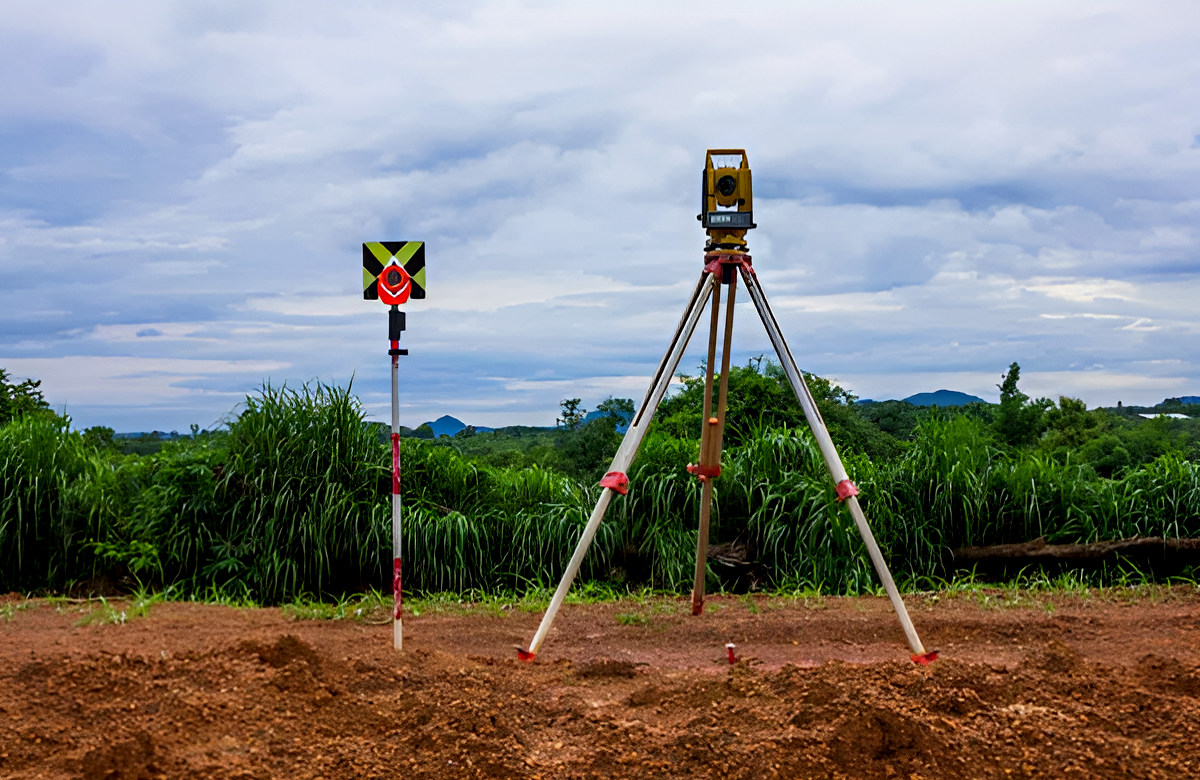Topographic Survey
Overview of Topographic Surveys
A topographic survey plays a crucial role in urban planning, civil engineering, and construction. It accurately measures and maps natural and man-made features within a specified land area. Surveyors focus on creating a detailed representation of the terrain, capturing hills, valleys, water bodies, and structures like buildings and roads. These surveys provide essential data that helps professionals understand the land’s physical characteristics and supports a wide range of applications.
Data Collection: Precision Instruments in Action
Surveyors begin by collecting data using precise instruments like total stations, GPS devices, and laser scanners. These tools capture detailed information about the land’s surface, including both large geological formations and small man-made objects. Accurate data collection forms the foundation of a successful survey
Contour Mapping: Visualizing Elevation Changes
After gathering data, surveyors create contour lines to illustrate elevation changes across the landscape. These lines connect points of equal elevation, helping to visualize the shape and slopes of the land. Contour mapping is vital for identifying features like ridges, valleys, and plateaus.
Capturing Feature Details: A Comprehensive View
Topographic surveys also capture detailed features of the land. Surveyors map natural elements like trees, rivers, and vegetation, as well as man-made structures such as buildings, roads, and other infrastructure. This level of detail ensures that every relevant feature of the land is accounted for, providing a comprehensive view of the area.
Presenting the Data: Clear and Usable Formats
Surveyors present the results of a topographic survey in formats such as topographic maps, digital terrain models (DTMs), and three-dimensional representations. These formats offer clear and detailed views of the surveyed area, making it easier for architects, engineers, and planners to analyze and interpret the data.
Applications in Topographic Survey
Topographic surveys are essential in various applications beyond urban planning and construction. Environmental assessment relies on topographic surveys to evaluate potential impacts on the land. Floodplain mapping uses these surveys to identify flood-prone areas and inform mitigation strategies. Natural resource management also benefits from the detailed information that topographic surveys provide, supporting sustainable resource use.
Conclusion
Topographic surveys provide vital data for a wide range of land-use and development projects. By accurately mapping terrain and capturing detailed features, these surveys enable informed decision-making. Professionals across urban development, environmental protection, and resource management rely on the data from topographic surveys to ensure that their projects consider the specific topographical conditions of the land.

